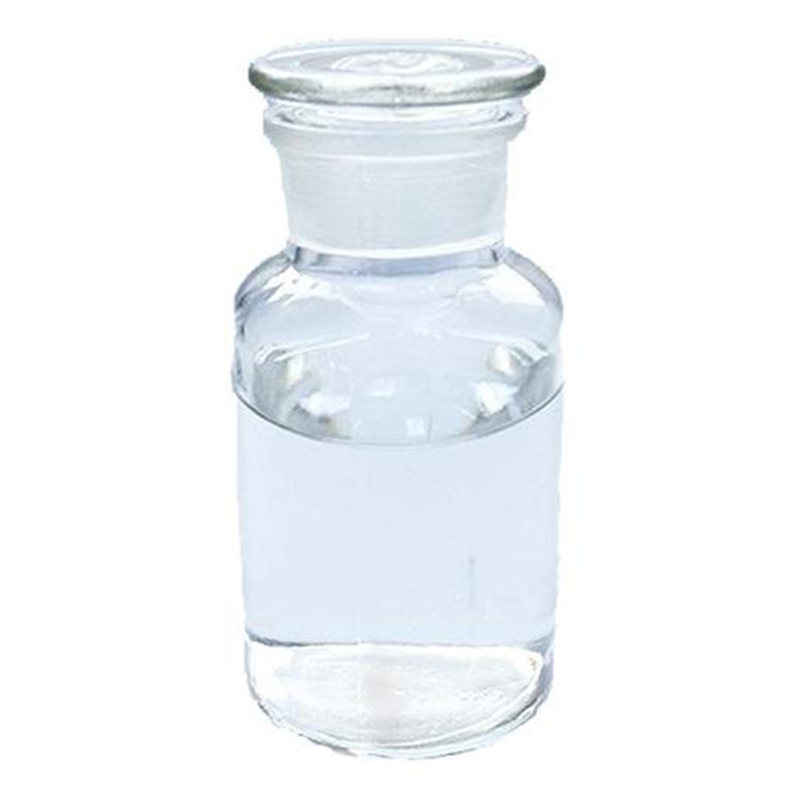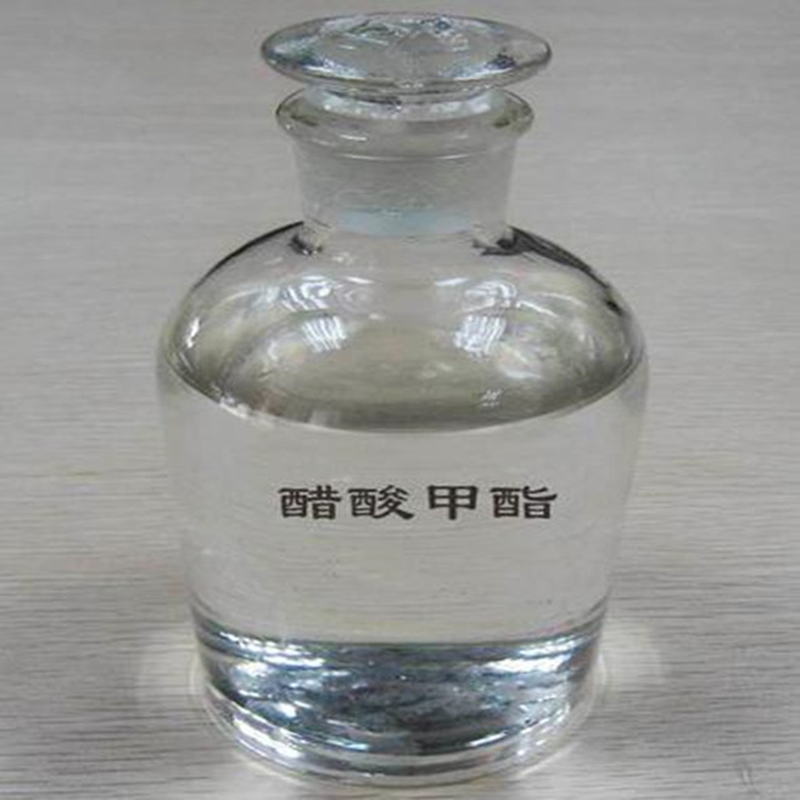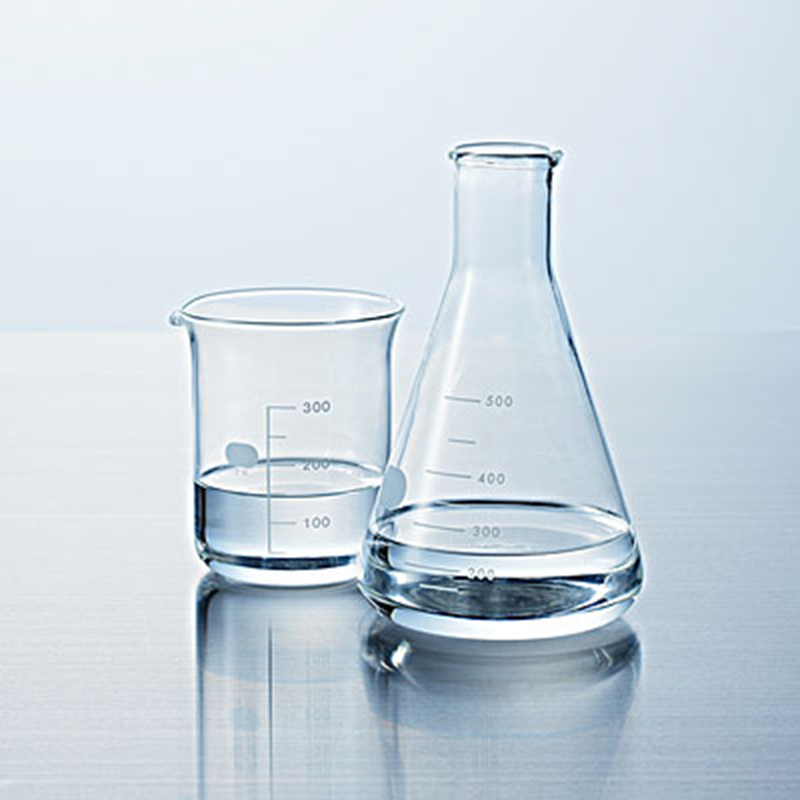
Absolute ethanol
Key words:
Absolute ethanol
Classification:
- Details
-
Absolute ethanol
Colorless and clear liquid. Has a special fragrance. Easy to flow. Easily absorbs moisture from the air, and can be miscible with water and various organic solvents such as chloroform and ether in any ratio. Can form an azeotropic mixture with water (4.43% water), with a boiling point of 78.15 ° C. Relative density (d204) 0.789. Melting point -114.1 ° C. Boiling point 78.5 ° C. Refractive index (n20D) 1.361. Flash point when closed cup (heating volatile flammable gas in a container of specified structure to mix with the air near the liquid level, reaching a certain concentration, it can be ignited by Mars) 13 ° C. flammable. The mixture of vapor and air can form an explosive mixture with an explosion limit of 3.5% to 18.0% (volume). The organic solvent is extremely versatile, mainly used in medical, cosmetics, hygiene products, oils and dyes
Function and use
Ethanol is an important organic solvent, widely used in medicine, coatings, hygiene products, cosmetics, oils and other aspects, accounting for about 50% of the total consumption of ethanol. Ethanol is an important basic chemical raw material, used in the manufacture of acetaldehyde, ethylene diene, ethylamine, ethyl acetate, acetic acid, chloroethane, etc., and derived many intermediates for medicines, dyes, coatings, fragrances, synthetic rubber, detergents, pesticides and other products. There are more than 300 kinds of products. The use of ethanol as an intermediate in chemical products is gradually declining. Many products such as acetaldehyde, acetic acid, and ethyl ethanol no longer use ethanol as raw materials and use other raw materials instead. 75% ethanol aqueous solution has strong bactericidal ability and is a commonly used disinfectant. Specially refined ethanol can also be used to make beverages. Similar to methanol, ethanol can be used for energy. Some countries have begun to use ethanol alone as vehicle fuel or mixed with gasoline (more than 10%) to save gasoline.
Precautions for use
Risk overview
Health hazards: This product is a central nervous system depressant. First cause excitement, then suppress. Acute poisoning: Acute poisoning mostly occurs in oral administration. Generally, it can be divided into four stages: excitement, hypnosis, anesthesia, and asphyxia. Patients enter the third or fourth stage and experience loss of consciousness, pupil dilation, irregular breathing, shock, cardiac circulatory failure, and respiratory arrest. Chronic effects: Long-term exposure to high concentrations of this product during production can cause symptoms of nasal, eye, and mucosal irritation, as well as headache, dizziness, fatigue, agitation, tremor, nausea, etc. Long-term alcoholism can cause polyneuropathy, chronic gastritis, fatty liver, liver cirrhosis, myocardial damage and organic psychosis. Long-term skin contact can cause dryness, desquamation, chapping and dermatitis.
Explosion hazard: The product is flammable and irritating.
First aid measures
Skin Contact: Remove contaminated clothing and rinse with running water.
Eye Contact: Lift the eyelids and rinse with running water or normal saline. Seek medical attention.
Inhalation: Quickly leave the scene to fresh air. seek medical attention.
Ingestion: Drink enough warm water to induce vomiting. seek medical attention.
Fire fighting measures
Hazardous characteristics: flammable, its vapor and air can form an explosive mixture, which can cause combustion and explosion in case of open flame and high heat energy. Chemical reaction or combustion occurs in contact with oxidant. In a fire, a heated container is in danger of explosion. Its vapor is heavier than air and can spread to a considerable distance at a lower place. In case of fire, the source of fire will catch fire and burn back.
Fire extinguishing method: Move the container from the fire to an open area as much as possible. Spray water to keep the fire container cool until the fire is over.
Extinguishing agent: anti-soluble foam, dry powder, carbon dioxide, sand.
Leak emergency treatment
Emergency treatment: Quickly evacuate personnel from the leaked pollution area to the safe area, isolate them, and strictly restrict access. Cut off fire sources. It is recommended that emergency response personnel wear self-contained positive pressure breathing apparatus and anti-static work clothes. Cut off leakage sources as much as possible. Prevent flowing into restricted spaces such as sewers and flood drains.
Small leakage: adsorption or absorption with sand or other non-combustible materials. It can also be rinsed with a lot of water, diluted with washing water and put into the wastewater system.
Large leaks: build embankments or dig pits for containment. Cover with foam to reduce vapor hazards. Transfer to a tanker or special collector with an explosion-proof pump, recycle or transport to a waste disposal site for disposal.
Handling and storage
Precautions for operation: Closed operation, full ventilation. Operators must undergo special training and strictly abide by the operating procedures. It is recommended that operators wear filter gas masks (half masks) and anti-static work clothes. Keep away from fire and heat sources, and smoking is strictly prohibited in the workplace. Use explosion-proof ventilation systems and equipment. Prevent steam from leaking into the air of the workplace. Avoid contact with oxidants, acids, alkali metals, amines. When filling, the flow rate should be controlled, and there should be a grounding device to prevent the accumulation of static electricity. Equipped with corresponding varieties and quantities of fire-fighting equipment and leakage emergency treatment equipment. Harmful substances may remain in the emptied container.
Storage precautions: Store in a cool and ventilated warehouse. Keep away from fire and heat sources. The storage temperature should not exceed 30 ° C. Keep the container sealed. It should be stored separately from oxidants, acids, alkali metals, amines, etc., and should not be mixed. Use explosion-proof lighting and ventilation facilities. It is forbidden to use mechanical equipment and tools that are prone to sparks. The storage area should be equipped with leakage emergency treatment equipment and suitable containment materials.
Leave A Message
More Products





